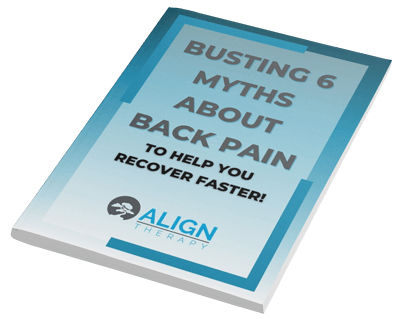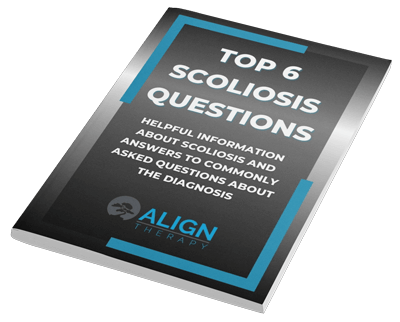With the snow falling in Utah, we can definitely see that ski season is right around the corner. One of my favorite things about the fall and winter is the promise of the greatest snow on earth in the mountains around Lehi. We live in an amazing place for winter activities.
Usually, I take my kids skiing a few times each year, but this year is going to be different. My oldest son, Dawson, hasn’t participated in any sports for a few years, and I decided it is time to pick something up. Since he loves skiing, and I love skiing, I decided to take the money we would have spent on a sport for him and put it into a ski pass.
Now, this may have been a little self serving, but I had to get myself a ski pass to go with him. The sacrifices we make as parents. :)
The problem
So, COVID-19 has done a number on my fitness level! Both Dawson and I need to get in shape or our ski runs this year are going to be painful and fewer. I decided that each night, we would do an exercise program together. Just simple exercises to improve our strength and endurance. 
The first day went well, but the next day I was REALLY surprised at how sore I was. This was just from a few exercises. What is it going to feel like after that first day of skiing? Well, I guess we will find out, but I am not giving in to that soreness without a fight.
After being at this for a few weeks, I decided, after talking to some patients, it would be helpful to post about this exercise program. Hopefully it helps others out to, not only feel less soreness, but also reduce injury.
The stronger your body is while skiing, the less prone to injury you are. Fact!!
These exercises aren’t only good for skiing. They can be used for just everyday strengthening, as well as to prepare for and reduce injury in other winter sports. Snowboarding included. The snow is coming! Are you ready?
Squats
Yes, I thought we would start this off with a bang. Anyone who has skied, knows the feeling of your quads being on fire on a long run. With this being the case, working the quads is essential! Good squat form is also crucial to getting the most bang for your buck.
 An easy way to visualize good squat form is to picture sitting down in a chair, but stopping just barely before you touch the chair. This helps to keep your knees behind your toes and keeps your body forward. Try to keep your back straight with this as well.
An easy way to visualize good squat form is to picture sitting down in a chair, but stopping just barely before you touch the chair. This helps to keep your knees behind your toes and keeps your body forward. Try to keep your back straight with this as well.
You can do squats without weight, or squats holding dumbells, or even with a barbell with significant weight. All are great, but I would suggest doing higher repetitions to mimic what skiing is like.
Dawson and I started with 3 sets of 20 and worked our way up to 3 sets of 30 with some dumbells.
Side Planks
When thinking bang for your buck, side planks are the bomb! With side planks you get stabilization of the shoulder, core, and hip. It doesn’t get much better than that. When skiing, you need your hips and core to be stable. Maybe not so much with the shoulders, but why not. 
Side planks can be done at the knees or at the feet. I am more of a fan of these being done as plank ups, where you go up and down for a certain number of repetitions rather than holding it. You can do both, but the more dynamic it is, the more like skiing it is.
Go slow and controlled with these and make sure to not go past where you are straight.
Dawson and I started with 2 sets of 12 and worked our way up to 3 sets of 12.
Lunges
Yes, we are back to quads! The benefit of lunges though, is we get some good glute activation. There are many kinds of lunges, and they are all good, but we usually do walking lunges. 
The same rule applies to lunges as squats. Don’t let your knee go past your toes! This keeps the muscle work in the quad and glutes, and doesn’t load the knee joint too much. Keep your feet pointed straight forward and don’t go too fast. Controlled motion is essential to a good lunge.
This is probably the one that made me the most sore at first. I felt it in my quads, glutes, and even some in my hamstrings. A great exercise if done correctly.
Dawson and I started with 2 sets of 20 and worked our way up to 3 sets of 30. Pretty good workout.
Lateral Walk
The most common injury in skiing is knee injuries. The best injury prevention for knee injuries is strong hips. That may sound odd, but it is the truth. Most knee pain is actually a result of weakness in the hips. 
Knee range of motion is really just like a hinge and this is controlled by the quads and hamstrings. Rotation is where the knee usually get injured, and this is controlled by the hip.
One of my favorite exercises for knee and hip pain is lateral walks. This targets the gluteus medius and other hip muscles that are crucial in stabilizing the leg. You can mix it up by doing these with toes pointed slightly in, straight forward, and out slightly. Each way works a different set of hip muscles.
Dawson and I started with 2 laps of 10 steps and worked our way up to 3 laps of 15.
Balance
One of the main components of balance is your body’s ability to sense where your legs are. As we age, sit at desks, and with inactivity, we start to lose some of this awareness. Even if you are a higher level athlete, if you haven’t been skiing recently, your body isn’t used to sensing and controlling those motions. 
When we work with someone who has had an ACL tear (the nightmare of every skier!), we focus a lot of time on building that balance and ability to sense where the legs are. This is called proprioception. It is important for injury prevention and for performance.
Here is how you do it. You challenge your ability to balance. This can be by standing on one leg, standing on something squishy, or doing more complex and challenging activities like grapevine or braiding. I like to start easier and progress to more challenging. Find out where you are and then add some challenge as you do better.
One of my favorite exercises for this is a single leg dead lift. We get hip stability while we are working on balance. Then we can progress this to doing it standing on a pillow or even just on the grass.
Dawson and I started with 2 sets of 12 single leg dead lifts and progressed to doing this on a pillow for 3 sets of 12.
Conclusion
There you have it! Do some of these exercises 5 days a week to improve your strength and prepare for ski season. The greatest snow on earth is going to come and go faster than we would like, so make sure you get the most out of it.
If you are looking for more specific exercises for yourself, please contact me and let me know what you have going on. david@aligntherapyutah.com .
Have fun skiing or doing active winter activities in the great state or Utah, or wherever you may be!
Thanks for reading!



